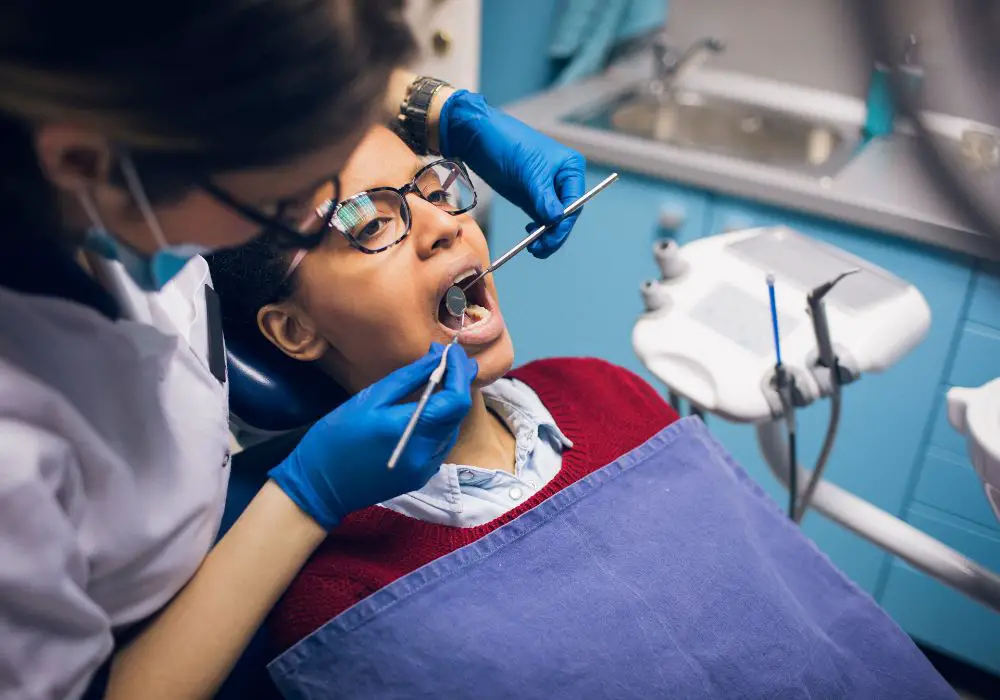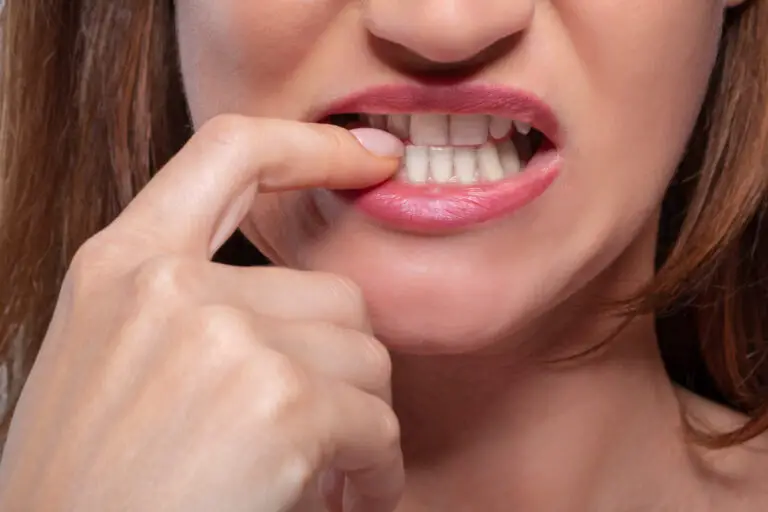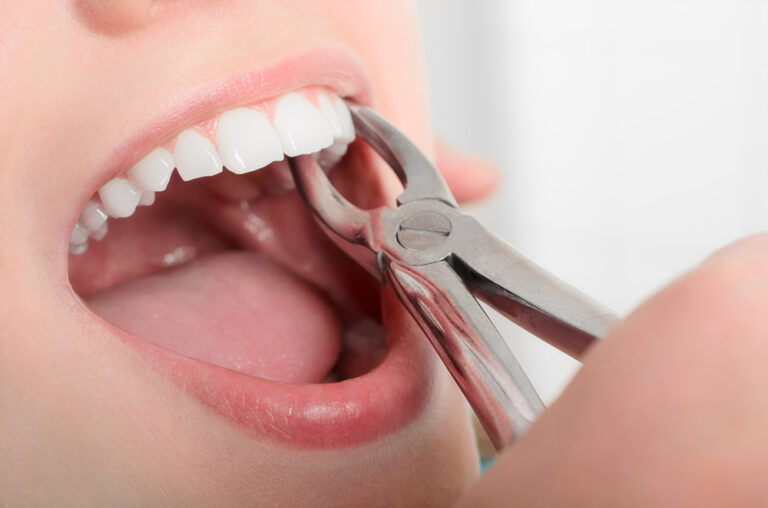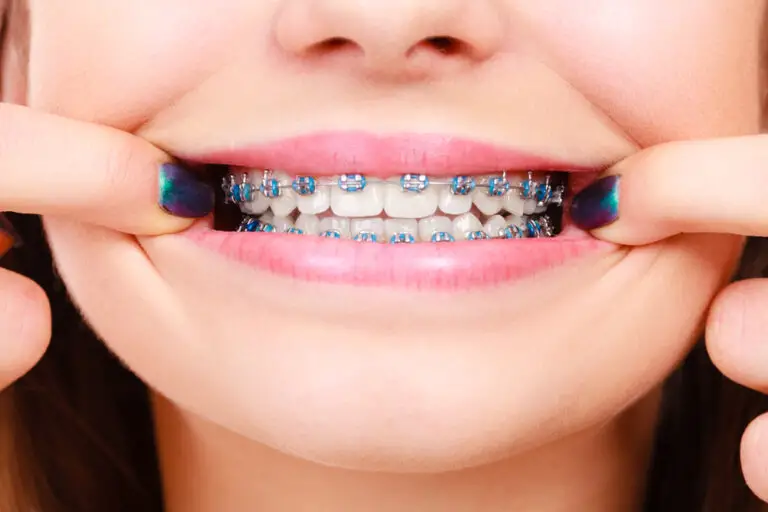The typical development of permanent teeth
Most adults have 32 permanent teeth. Our first set of 20 baby teeth start coming in around 6 months of age. By age 3, all 20 primary teeth have emerged. These baby teeth begin falling out around age 6 as the permanent teeth develop underneath.
The first permanent teeth to replace the primary teeth are the incisors and first molars. Replacement continues until around age 13 when the secondary (adult) teeth have all emerged. The last 4 permanent teeth to come in are the wisdom teeth or third molars, usually between ages 17-25.
By age 20, the full set of 32 permanent teeth have typically erupted, including:
- 8 incisors (4 central, 4 lateral)
- 4 canines
- 8 premolars (4 first premolars, 4 second premolars)
- 12 molars (4 first, 4 second, 4 third)
So having fewer than 32 adult teeth by age 20 means some teeth are missing or have not emerged.
Primary reasons for missing teeth at age 20

There are several potential reasons for having fewer than 32 permanent teeth by the age of 20:
Congenital absence of teeth
Also called tooth agenesis or oligodontia, some individuals are born genetically missing one or more teeth. The teeth fail to develop in utero due to abnormal gene signaling or disruption of the tooth bud. The permanent teeth simply do not form before birth.
Most often, congenitally missing teeth are lateral incisors, second premolars, and third molars. However, other teeth can also be involved. On x-rays, the missing teeth will appear as empty spaces with no sign of dental development.
Tooth extractions
Extracting permanent teeth for reasons like severe decay, orthodontic treatment, crowding, or tooth trauma can also lead to fewer than 32 teeth. Extractions most commonly involve third molars and premolars. extracting malposed, nonfunctional, or problematic teeth.
Looking at past dental records can help identify any prior tooth extractions. Missing teeth spaces will be evident, often with bone healing visible on x-rays.
Impacted wisdom teeth
Third molars or wisdom teeth are the last to erupt. Due to lack of space or obstruction, they sometimes fail to fully emerge or only partially break through the gums. These are considered impacted wisdom teeth.
Since they have not fully erupted, impacted third molars may not be visible or countable yet. Later removal is often necessary if they cause problems like pain, infection, or crowding.
Delayed emergence
In some cases, the third molars are simply slow to develop and have not yet emerged by age 20. These wisdom teeth are present, but still buried in the jawbone below the gums. Their late entry brings the total count to 32 eventually. But at age 20 they have not surfaced.
Determining which teeth are missing

When a 20-year-old has less than a full set of permanent teeth, identifying which teeth are absent is key. A panoramic x-ray allows the dentist to visualize all the existing teeth, unerupted ones, and any empty spaces from missing teeth.
By comparing the x-ray findings with the number and position of visible teeth, the dentist can pinpoint exactly which teeth failed to develop or were extracted. Common missing teeth include:
- Third molars
- Lateral incisors
- Second premolars
- Second molars
Less often, central incisors, canines, or first premolars and molars may be missing. Knowing the location of absent teeth guides treatment planning.
Problems associated with missing teeth
Having too few teeth can potentially lead to several problems if not treated:
- Tooth shifting – With gaps from missing teeth, those remaining may rotate or drift out of position over time.
- TMJ disorders – Misalignment between upper and lower arches from missing teeth can disrupt proper TMJ function.
- Functional issues – Missing posterior teeth reduces chewing ability and may alter speech.
- Tooth wear – Reduced number of teeth increases wear and stress on the remaining ones during chewing.
- Bone loss – Missing teeth can lead to atrophy of the underlying jawbone over time.
- Facial changes – Missing anterior teeth or lack of vertical dimension from loss of molars can cause facial collapse.
- Self-esteem – Those with missing teeth often have negative self-image and lack confidence in their smile.
Treatment options for missing teeth
Ideally, missing teeth should be replaced to prevent the above issues and restore dental function and aesthetics. Treatment options include:
- Dental implants – Titanium implants fused to the jawbone provide a root replacement. Life-like crowns are attached to the implants.
- Dental bridges – False teeth bonded between two crowns fill the space of missing teeth.
- Removable partials – Acrylic and metal partial dentures clip over remaining teeth.
- Full dentures – Full sets of removable false teeth, used when multiple teeth are missing.
Orthodontics may also bring impacted or unerupted teeth into proper position, if present. Regular dental care and oral hygiene is essential to maintain any restorative work.
Conclusion
Having fewer than 32 adult teeth by age 20 is not uncommon. Missing teeth should be identified on x-rays and replaced if possible. This prevents future problems that may result from too few teeth. With proper diagnosis and treatment, those missing some permanent teeth can still have a fully functional and beautiful smile. Proper home care and regular dental visits will help maintain dental health and restorations.
Frequently Asked Questions
Q: What is the main reason teeth may be missing congenitally?
A: Congenitally missing teeth are usually due to genetic or developmental factors that disrupt tooth formation in utero. Missing teeth often run in families. Environmental insults like illness or toxins during pregnancy may also cause dental agenesis.
Q: Can an orthodontist move an impacted wisdom tooth into place?
A: It depends on the angle and degree of impaction. Minor impactions may be correctable with a surgical exposure and orthodontic movement. But severely impacted or poorly positioned wisdom teeth often still require extraction.
Q: How painful is it to get teeth extracted?
A: With modern techniques, extractions should not be terribly painful. Local anesthesia is used to numb the area first. Some pressure may be felt during the procedure. Over-the-counter pain relievers are usually sufficient afterward to manage normal levels of discomfort.
Q: Are dental implants a better option than bridges?
A: Implants provide greater stability and protect against bone loss compared to bridges. But they also have higher upfront costs. The best option depends on many individual factors. A dentist can advise on the pros and cons of each.
Q: How do dentists determine if teeth are missing or unerupted?
A: Dental x-rays like panoramic radiographs provide a full overview of the teeth and any empty spaces from missing teeth. This helps differentiate between teeth that are missing versus those that are unerupted but still developing below the gums.







